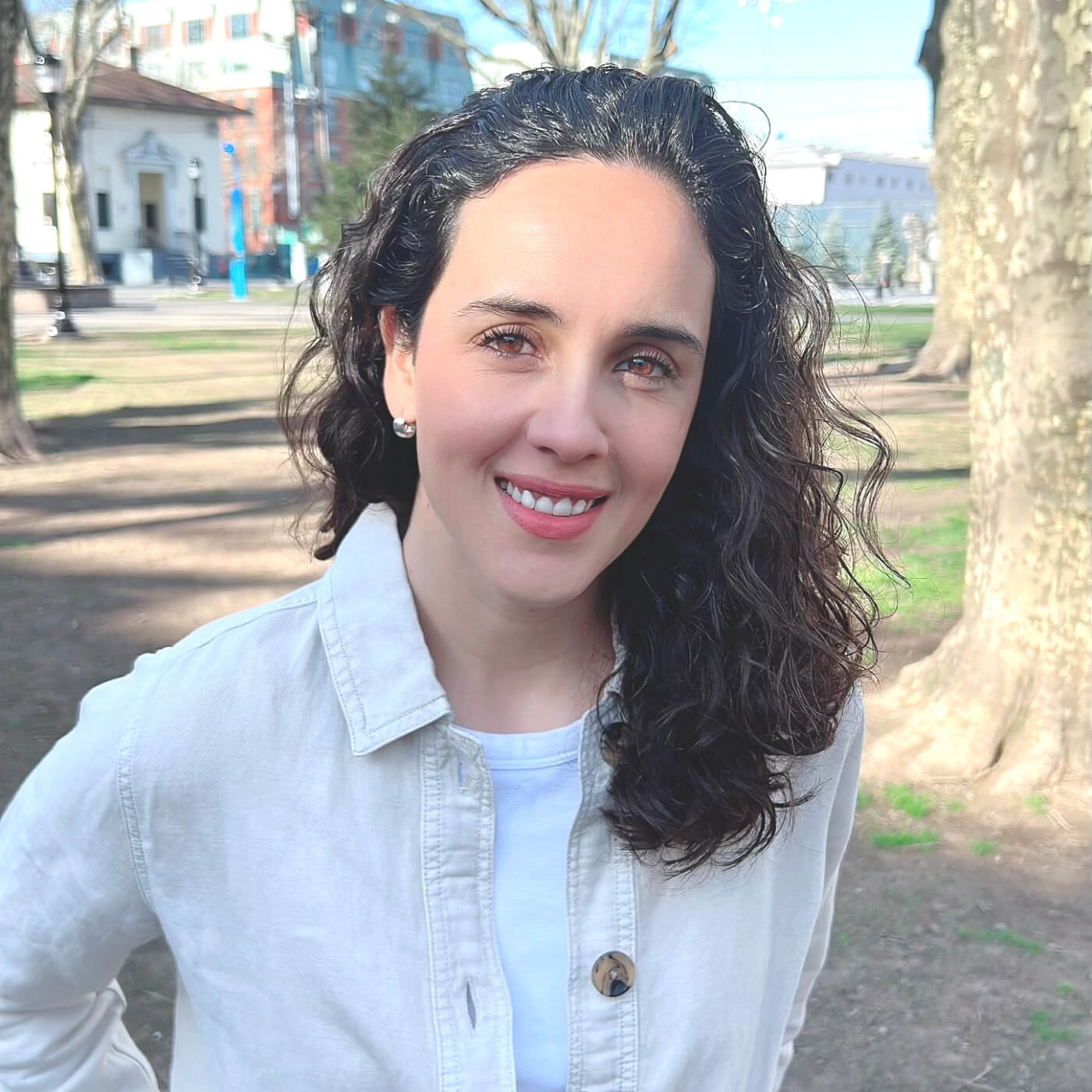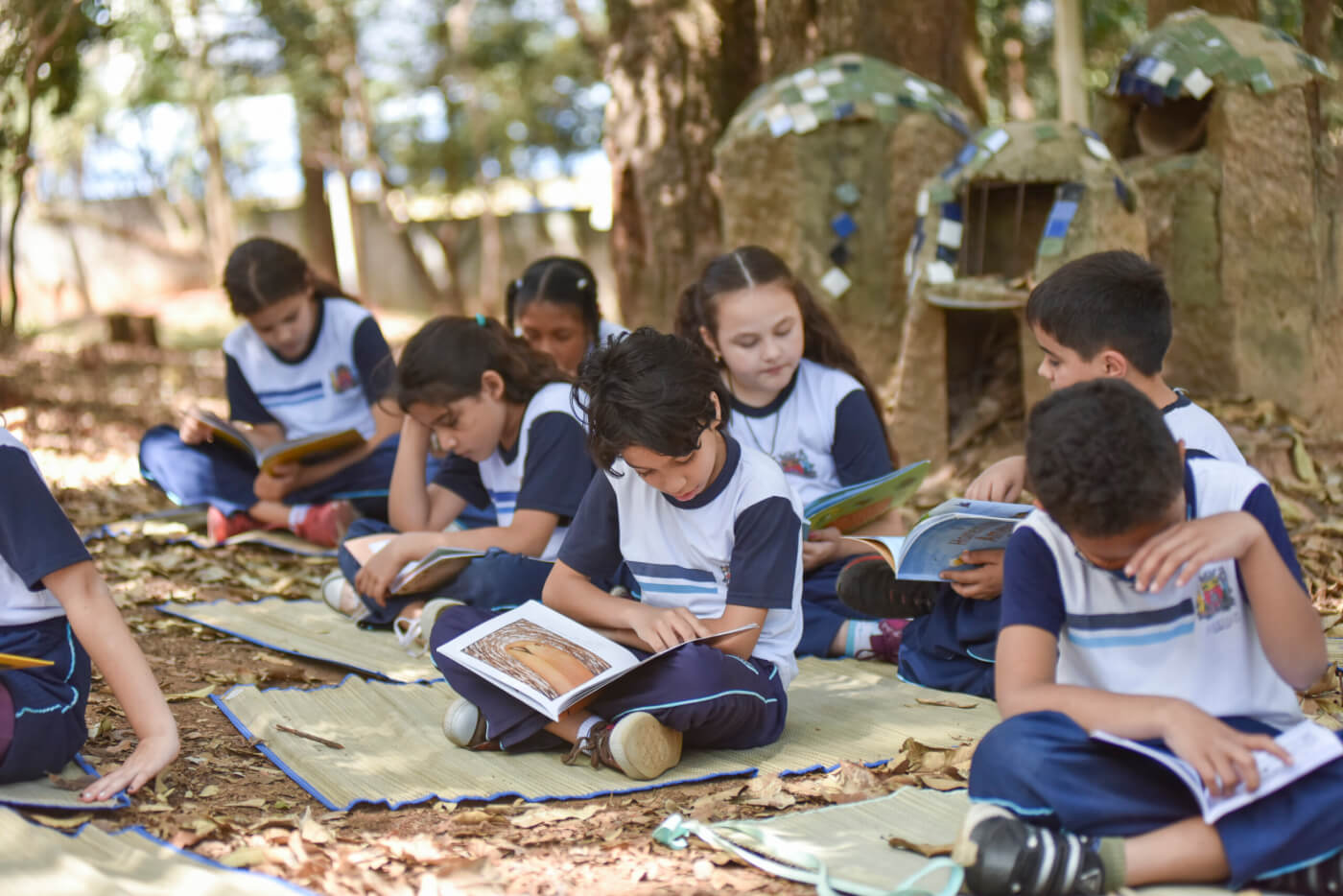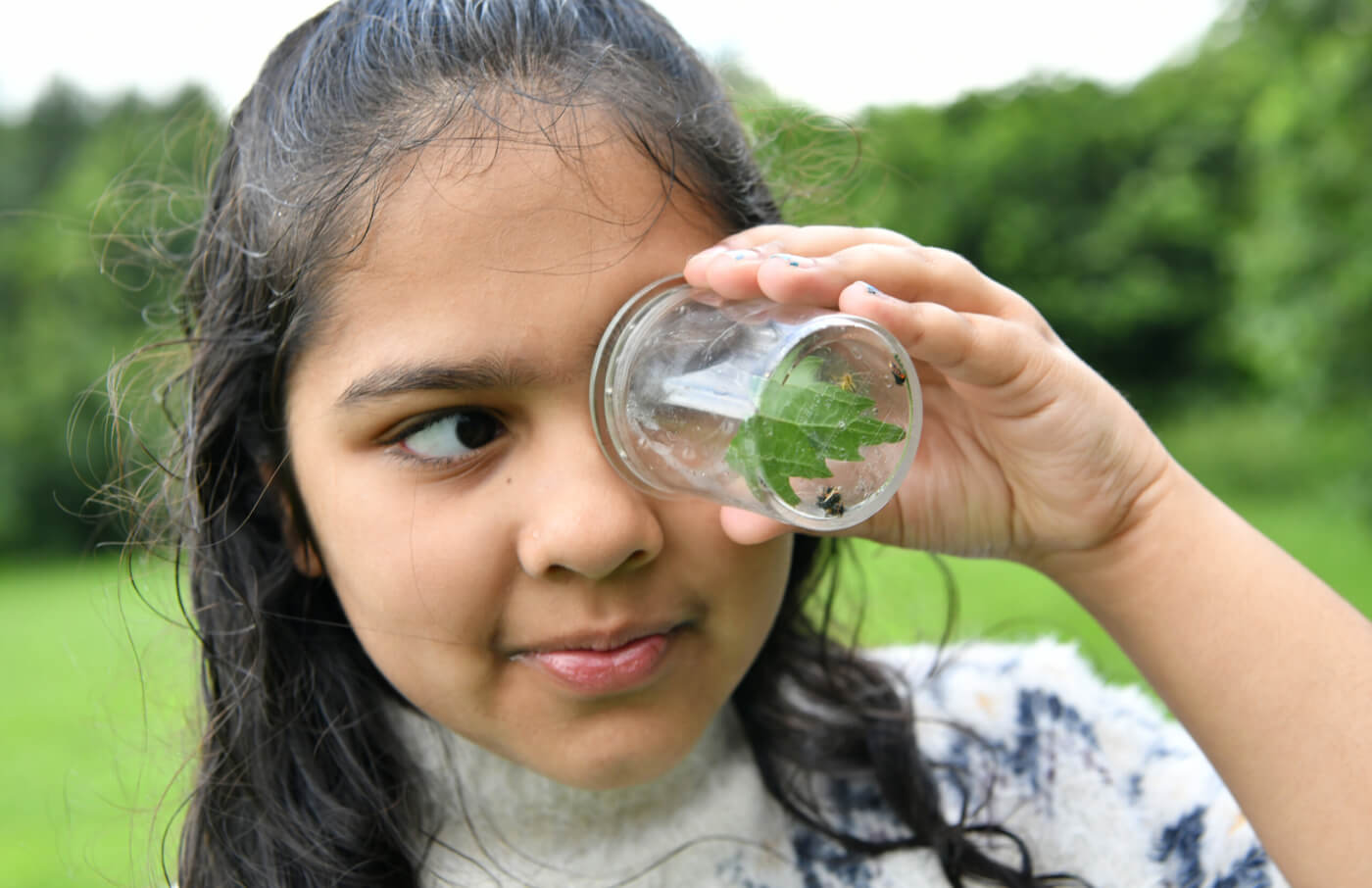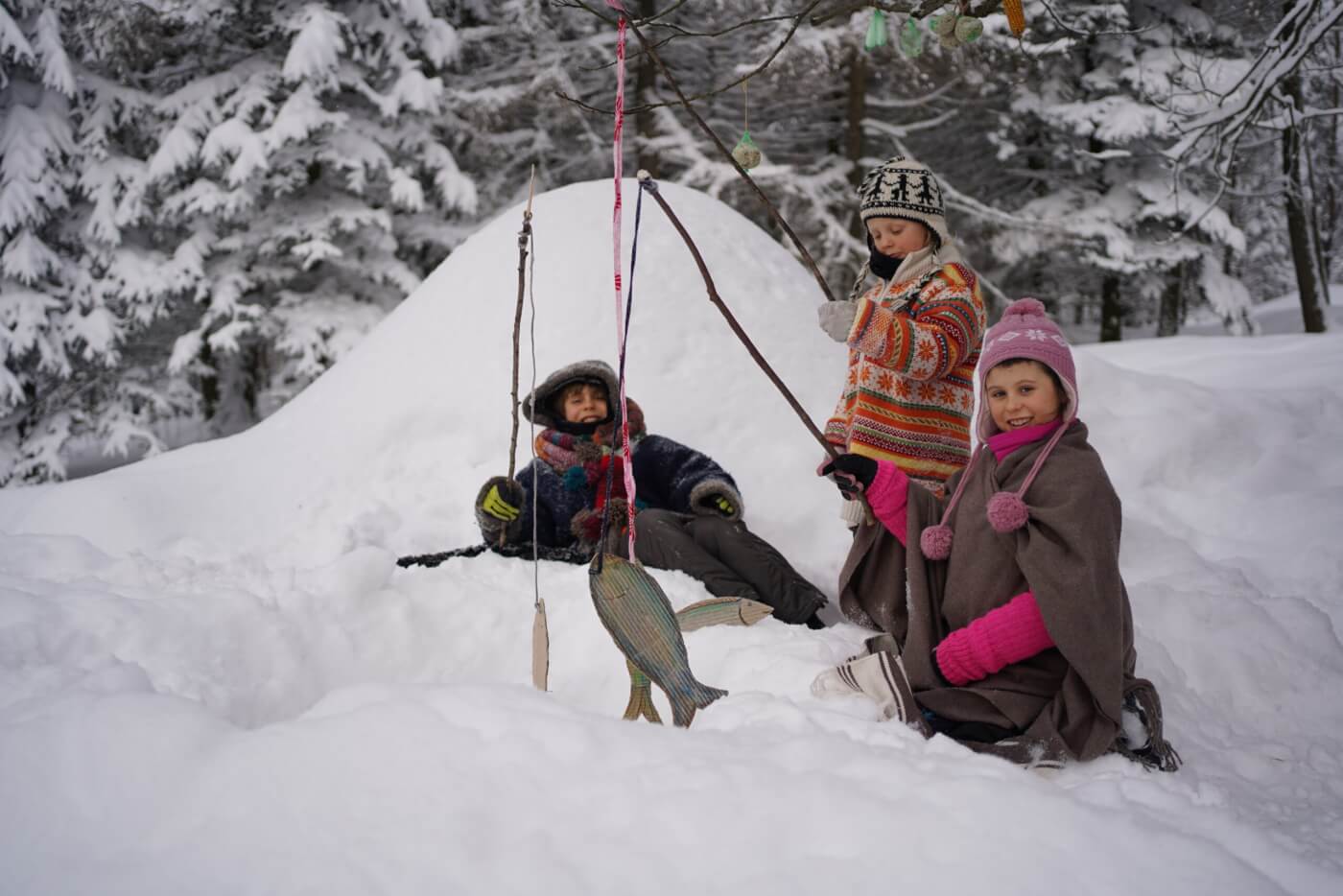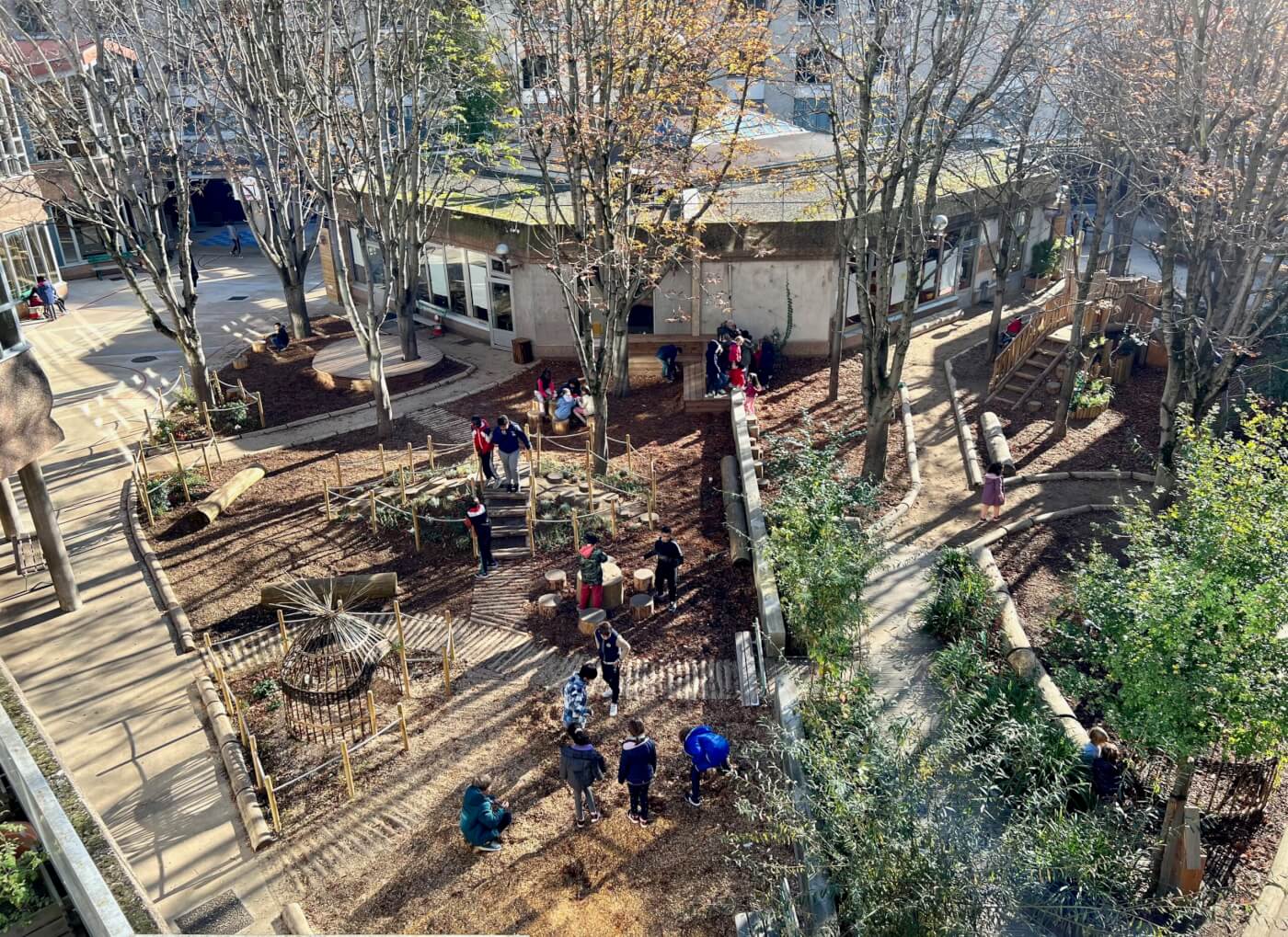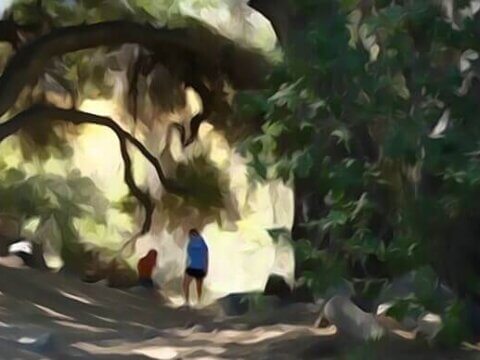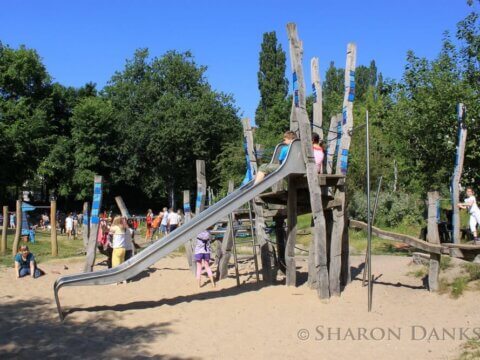Around the world, green school grounds benefit children, communities and the environment
When it comes to greening school grounds and outdoor learning, we can learn a lot from each other. From “cool urban islands” in France and colorful nature crafts in the Czech Republic, to youth environmental clubs in Cameroon and playful backyards in Brazil — passionate and committed individuals around the world are finding creative ways to connect children to nature. What better place to do this than where children spend much of their time each week? Schools!
With this in mind, more than 50 organizations and leaders came together in November 2021 for the launch of Global Lessons on Greening School Grounds & Outdoor Learning, a joint initiative of Salzburg Global Seminar, the International School Grounds Alliance, International Union for Conservation of Nature, #NatureForAll, the National League of Cities Institute for Youth, Education and Families, and the Children & Nature Network.
“Through this initiative we’ve been able to understand what is happening around the world, that is not only supporting children’s well-being and learning, but addressing community health and climate resilience — especially for those most impacted by systems of inequity,” says Jaime Zaplatosch-Ehrenberg, Sr. Vice President, Development and Partnerships for the Children & Nature Network. “Learning about geographically and culturally diverse approaches for greening school grounds and outdoor learning can help us scale this intervention to address some of our biggest challenges.”
The 18-month Global Lessons on Greening School Grounds & Outdoor Learning project culminated with an in-person convening in Salzburg, Austria and the development of a Global Action Agenda. This agenda lists 24 action items that must take place in order to create a world in which every child connects meaningfully with nature every day — especially those most impacted by long standing systems of inequity and climate change. The actions, which include advocacy, inclusive engagement, funding, governance, and policy, align with existing global policy initiatives such as the United Nations Sustainable Development Goals and Transforming Education Agenda, and many others. Global Action Agenda partners are now inviting any and all individuals or organizations interested in increasing nature connection for children to sign-on in support of the agenda.
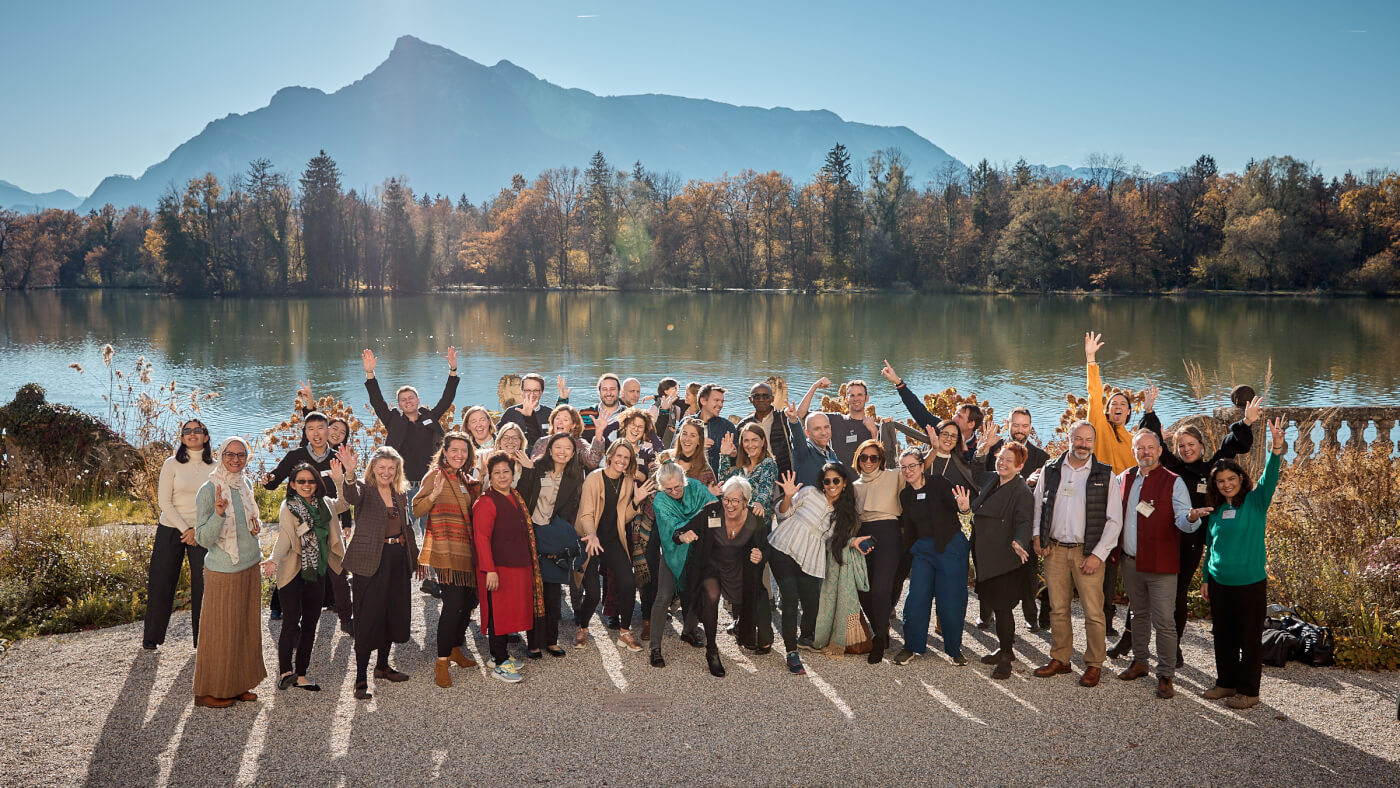
Green school grounds and outdoor learning advocates celebrate development of a global action agenda at the Salzburg Global Seminar, in Salzburg, Austria. Photo courtesy of Christian Streili.
The benefits are clear
An international survey of schools and outdoor learning programs was also part of the project. Nearly 300 responses from around the world clearly indicated that green school grounds and outdoor learning provide benefits in five key areas: play; health and well-being; climate resilience and biodiversity; community engagement; and education.
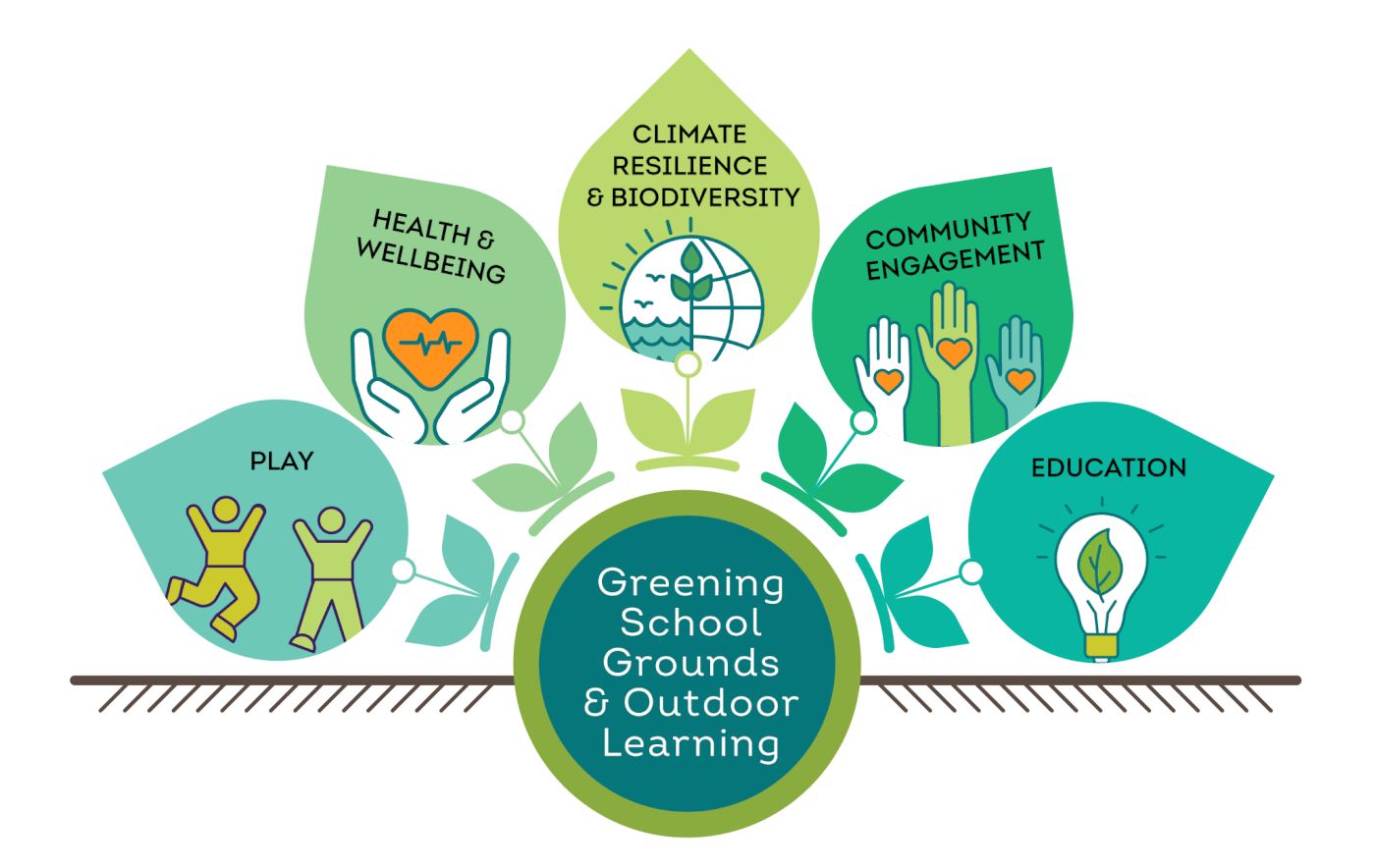
Using these benefits as selection criteria, project partners — with support from graduate students from the University of Colorado — selected 13 organizations from diverse geographic regions to serve as case study locations. These case studies offer inspiring, replicable models for greening school grounds and demonstrate one or more of the five benefits.
To deliver these benefits, survey respondents defined “greening school grounds” as the practice of adding nature to schools to improve health and education outcomes for communities while increasing climate resilience. Features of green school grounds can include native wildlife plantings, nature play areas, “loose parts”, edible gardens, shelter from weather conditions, and child-accessible storage, to name a few.
“Imagine if every school worldwide allowed children and young people to engage meaningfully with nature,” says Swetha Stotra Bhashyam of the Global Youth Biodiversity Network.
“We need to rethink and reimagine our learning environments, and focus on transforming our education system, emphasizing practices that foster a love for nature… and inspire students to contribute to a collective human and planetary well-being.”
Though the school grounds can look quite different across geographic regions, they all share the same goal: increasing children’s contact with nature.
In Canada, Evergreen’s Climate Ready Schools program helps redesign school grounds with the twin goals of climate resilience and child-centered opportunities for play. In India, upcycled tires and other materials destined for landfills find new life as swings, playscapes and other places for children to safely move, play and explore. In Morocco, an innovative ethnobotanical garden at a girls’ boarding house serves to strengthen traditional cultural practices while enhancing the students’ food security and future economic opportunities. And these are just some of the innovative programs helping connect children with nature around the world, with other case studies in Paris, France, Brazil, Cameroon, and the Czech Republic, among others.
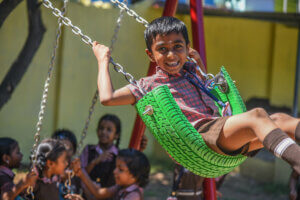
In India, Anthill Creations transforms found materials into vibrant playscapes. Photo: Anthill Creations.
Staff from the Children & Nature Network saw this innovation and resourcefulness firsthand when they traveled to Perú to capture a case study of Tierra de Niños (TiNis), or Children’s Lands, developed by Asociación para la Niñez y su Ambiente (ANIA). Found in schools across Perú, TiNis are gardens designed and maintained by schoolchildren. “The TiNi model was selected because it is highly adaptable, scalable and resourceful,” says Zaplatosch-Ehrenberg. In TiNis, vibrant, joyful spaces are created from found and recycled materials, with wooden pallets serving as colorful picket fences, and plastic bottles transformed into suns, bugs, and other garden friends.
Today, partners are embarking on the activation phase of the project by sharing the Global Action Agenda and case studies — and encouraging others to join in. The initiative continues to attract advocates, including four new project partners: UNESCO, Learning through Landscapes, Alana Institute and LearningPlanet, who join the fold in championing the global work for greening school grounds and outdoor learning.
“It’s exciting and so rewarding to share the work that’s happening worldwide that recognizes the need to recalibrate our education systems and enhances our capacity to work together for a more sustainable future,” says Dominic Regester, Director of the Center for Education Transformation at Salzburg Global Seminar.
Global Lessons on Greening School Grounds & Outdoor Learning is made possible by a grant from the Robert Wood Johnson Foundation. The views expressed here do not necessarily reflect the views of the Foundation.
Ways to get involved:
- Sign on to the Global Action Agenda
- Watch and share the case study videos and learn more about the project
- Share the Salzburg Statement
- Help us keep learning! Take this survey if you are a partner or organization working on greening school grounds
- Join The Trailhead group for Greening School Grounds & Outdoor Learning
-
Network News
POLICY UPDATE: Policy and advocacy for the children and nature movement
-
Voices
Binoculars, bald eagles and my journey as a Black birder
-
Richard Louv
THE WONDER BOWL: Ten Spring and Summer Nature Activities for Kids and Adults
-
Network News
Minneapolis Spotlight: The promise and possibilities of parks for youth
-
Voices
Why nature is my motherhood ally



